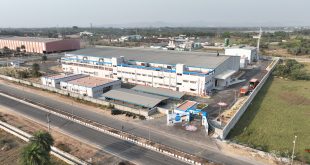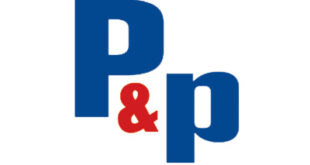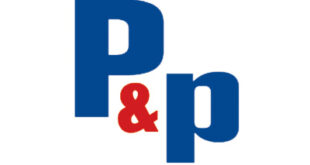The Schoolwear Association is warning that a proposed Parliamentary Bill could result in a number of unintended consequences if not implemented correctly, as the committee is announced to scrutinise the legislation.
A survey by the association covering approximately 390,000 secondary school pupils has found that the actual average cost of school branded uniform and sportswear items is approximately £100 when a pupil starts school, but that the average annualised cost is only around £36 as specialist garments typically last well over a school year.
While the Schoolwear Association supports the aim of the Education (Guidance about Costs of School Uniforms) Bill, it has warned that if there are amendments to the current guidance, the Private Members’ Bill introduced by Mike Amesbury MP could actually increase costs for parents and lead to higher levels of bullying and inequality in schools. It also argues that ruling against sole supply arrangements could actually raise prices, reduce availability and eliminate local support for hardship cases.
Matthew Easter, co-chair of the Schoolwear Association, said: “While we support efforts to place sensible uniform guidance for schools on a statutory footing to improve consistency across all schools, the implementation of the Bill is critical to ensure that its unintended consequences do not mean that the many universally accepted benefits of uniform are lost from our schools.
“An effective uniform acts as a leveller between pupils, removing the pressure on families to keep up with the latest fashions and brands, which are often much more expensive and less durably constructed than school branded school uniform. We have now categorically proved that the cost of school branded school uniform is far less than has been quoted from other sources historically and averages only £36 per year.
“We are 100% in favour of strong competition, but when the ultimate benefits of uniform are only realised when everyone is wearing the same, we would argue that this should take place at the point the provider is selected rather than when the garments are sold. Sole supply arrangements receive a lot of attention but actually deliver great benefits for schools and parents. If these agreements are regularly reviewed by schools, they help to guarantee the best possible value for money to parents, ensure year-round availability and help to provide local support for those families most in need.
“Schoolwear specialists are mostly local businesses who are passionate about working in their communities and the vast majority have hardship schemes in place to provide support to those who need it. Without the guarantees that are offered by sole supply, they simply would not be able to support schools with affordability for those parents who genuinely struggle.”
The Schoolwear Association, established in 2006 to drive stronger standards in the uniform sector, surveyed a range of retailers from across the country that supply 11.9% of all state secondary schools in England – representing 409 schools and approximately 390,000 students.
As part of the survey, the purchase history of what was actually sold each year for the schools was also analysed and showed that, on average, the spend per pupil of compulsory items was only £36.24, demonstrating the benefits of buying better quality, longer lasting garments that don’t need to be replaced every year.
The basket cost is derived from the average cost for boys’ and girls’ compulsory school-specific uniform and sportswear – with an average of 6.1 garments being required for an average sized pupil starting secondary school.
 Printwear & Promotion The Total Promotional Package
Printwear & Promotion The Total Promotional Package




